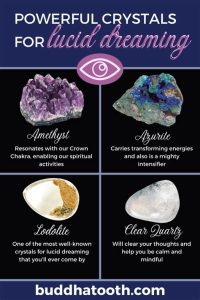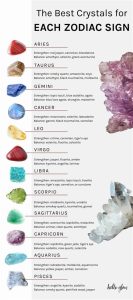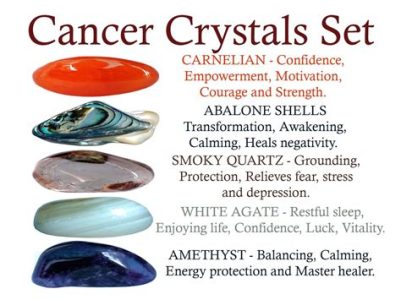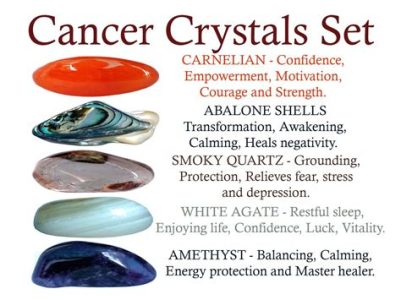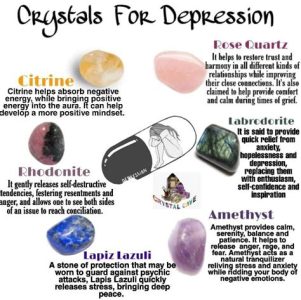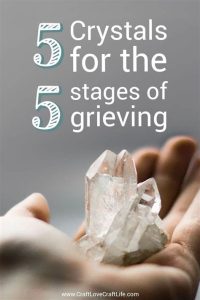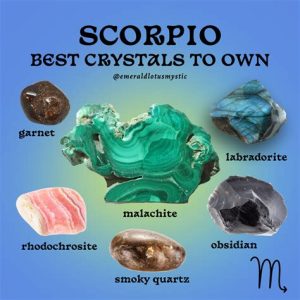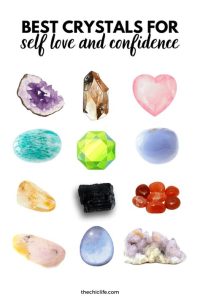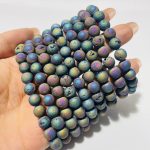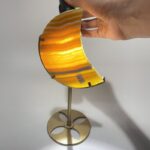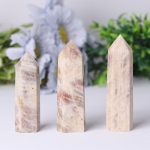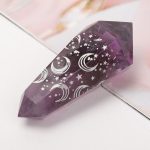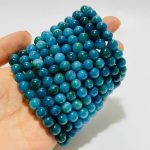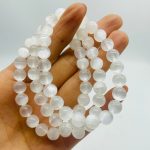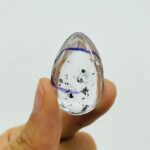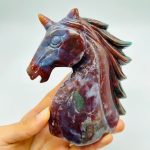Pyrite and quartz are two of the most common minerals on Earth. They are both found in a variety of geological settings, and they have been used for centuries for a variety of purposes. However, there are some key differences between these two minerals that make them more or less suitable for different applications.
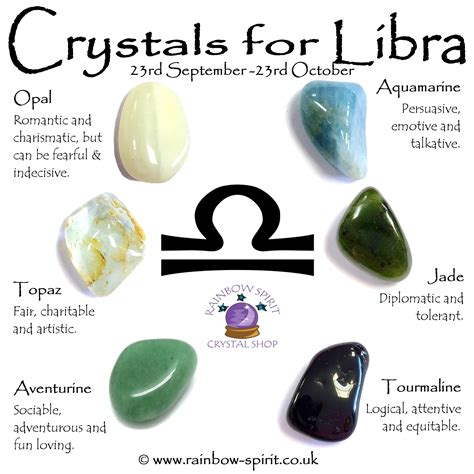
Pyrite: The Fool’s Gold
Pyrite is a brass-yellow mineral with a metallic luster. It is often mistaken for gold, but it is actually a sulfide of iron. Pyrite is brittle and easily broken, and it has a hardness of 6-6.5 on the Mohs scale.
Pros of pyrite:
- Inexpensive
- Readily available
- Attractive metallic luster
Cons of pyrite:
- Brittle and easily broken
- Tarnishes easily
- Not as valuable as gold
Quartz: The Master Healer
Quartz is a colorless or white mineral with a glassy luster. It is the most common mineral on Earth, and it is found in a wide variety of geological settings. Quartz is hard and durable, and it has a hardness of 7 on the Mohs scale.
Pros of quartz:
- Hard and durable
- Chemically inert
- Widely available
- Inexpensive
Cons of quartz:
- Not as attractive as pyrite
- Not as valuable as gold
Pyrite VS Quartz: Which is Right for You?
The best crystal for you depends on your individual needs and preferences. If you are looking for an inexpensive, attractive crystal that you can use for a variety of purposes, pyrite is a good option. However, if you are looking for a hard, durable crystal that will last a lifetime, quartz is a better choice.
Additional Information
- Pyrite is the most common sulfide mineral on Earth.
- Quartz is the most common mineral on Earth.
- Pyrite has a Mohs hardness of 6-6.5.
- Quartz has a Mohs hardness of 7.
- Pyrite is often mistaken for gold.
- Quartz is often used in jewelry and other decorative applications.
Common Mistakes to Avoid
- Do not confuse pyrite for gold.
- Do not use pyrite in jewelry that will be exposed to water.
- Do not use quartz in applications where it will be subjected to high temperatures.
How to Step-by-Step Approach
- Identify your needs and preferences.
- Research different types of crystals.
- Compare the pros and cons of each type of crystal.
- Make a decision based on your research.
Expand Market Insights
- Pyrite has been used for centuries to make jewelry, ornaments, and other decorative items.
- Quartz is used in a variety of industrial applications, including glassmaking, ceramics, and electronics.
- Pyrite is sometimes used as a substitute for gold in jewelry.
- Quartz is often used in feng shui and other spiritual practices.
Conclusion
Pyrite and quartz are two of the most common minerals on Earth. They have a variety of uses, and they are both relatively inexpensive. However, there are some key differences between these two minerals that make them more or less suitable for different applications. By understanding the pros and cons of each mineral, you can make an informed decision about which one is right for you.
Tables
Table 1: Pyrite VS Quartz
| Property | Pyrite | Quartz |
|---|---|---|
| Color | Brass-yellow | Colorless or white |
| Luster | Metallic | Glassy |
| Hardness | 6-6.5 | 7 |
| Cleavage | Brittle | None |
| Fracture | Uneven | Conchoidal |
| Streak | Black | White |
Table 2: Applications of Pyrite
| Application | Description |
|---|---|
| Jewelry | Used to make pyrite jewelry and ornaments. |
| Decorative items | Used to make pyrite sculptures and other decorative items. |
| Industrial applications | Used as a source of sulfur in the manufacture of sulfuric acid. |
Table 3: Applications of Quartz
| Application | Description |
|---|---|
| Jewelry | Used to make quartz jewelry and ornaments. |
| Glassmaking | Used to make glass. |
| Ceramics | Used to make ceramics. |
| Electronics | Used in electronic devices. |
Table 4: Common Mistakes to Avoid
| Mistake | Description |
|---|---|
| Confusing pyrite for gold | Pyrite is often mistaken for gold, but it is actually a sulfide of iron. |
| Using pyrite in jewelry that will be exposed to water | Pyrite tarnishes easily when exposed to water. |
| Using quartz in applications where it will be subjected to high temperatures | Quartz can crack or shatter when subjected to high temperatures. |

